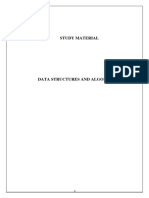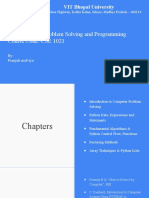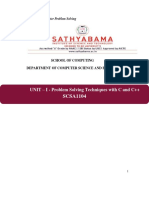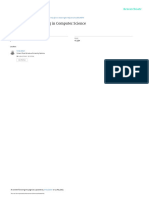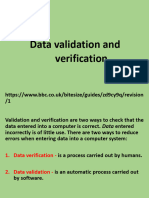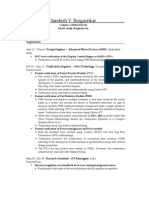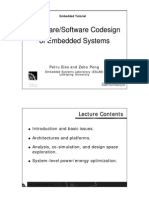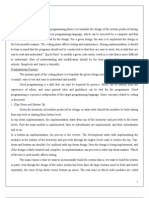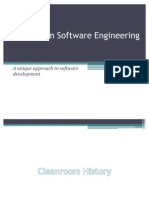0% found this document useful (0 votes)
50 views7 pagesUnit 1
The document provides an introduction to programming and problem solving. It discusses key concepts like algorithms, problem solving phases and strategies, top-down design, and algorithm design approaches. The last section covers program verification.
Uploaded by
balaraju92466Copyright
© © All Rights Reserved
We take content rights seriously. If you suspect this is your content, claim it here.
Available Formats
Download as PDF, TXT or read online on Scribd
0% found this document useful (0 votes)
50 views7 pagesUnit 1
The document provides an introduction to programming and problem solving. It discusses key concepts like algorithms, problem solving phases and strategies, top-down design, and algorithm design approaches. The last section covers program verification.
Uploaded by
balaraju92466Copyright
© © All Rights Reserved
We take content rights seriously. If you suspect this is your content, claim it here.
Available Formats
Download as PDF, TXT or read online on Scribd
/ 7
























